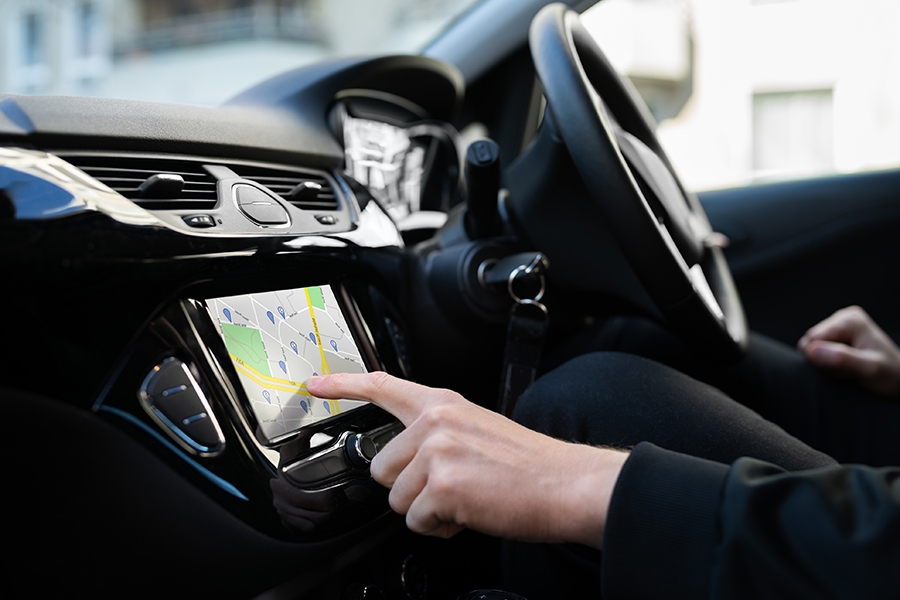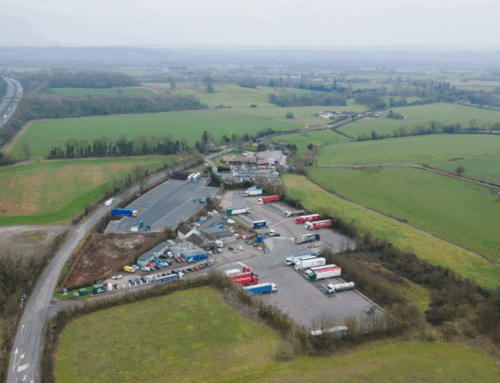In Cab Tech – safety plus or safety risk
In-cab technology can be a safety bonus – but not if it’s a source of driver distraction. In-cab systems are becoming increasingly sophisticated, and many are now hands-free. That doesn’t mean they can’t become dangerously distracting to your drivers.
These simple rules help to ensure that in-cab technology always enhances your fleet safety, rather than becoming an additional risk.
Minimising driver distraction – the right questions to ask
1. Is it necessary? Don’t over spec vehicles. When you are acquiring vehicles, make sure that every piece of technology in the cab is understood, functional, suited to your operation – and gives a genuine safety benefit.
2. Knowledge is power. Whether telematics, proximity sensors, autonomous emergency braking systems (AEBS), camera systems, or real-time driving coaching, all technological aids must be properly explained to the driver. This ensures that their confidence in the product is well placed because they know its benefits and its limitations. It can also answer driver concerns, give them greater ownership of the product, and make it less likely they will try to turn it off.
3. It’s only an aid. Remind drivers that driver aids are not replacements for safe driving or human judgement. Some drivers can feel unreasonably protected by computerised equipment, assuming it prevents collision, as opposed to mitigating the risk or severity of collision. Lane departure warnings, cruise control, autonomous emergency braking systems etc are designed to enhance the driver’s performance, but will not prevent risky driving or its potential consequences.
4. Set up first. Insist that all calibration or setting up of equipment is completed before the driver pulls away. Sat-navs, music, camera angles etc should not be adjusted on the move.
5. No more beeps. Make sure your driving for work policy prohibits unnecessary notifications, whether from phones or other devices. If possible, use an app to block access to work emails or other comms functions while the vehicle is in motion. Ideally phone calls should be returned when the vehicle is stationary. Studies show notifications have the same distraction effect on the brain as actually taking a call.
6. Visual, manual, cognitive. Anything which is not an intrinsic part of driving is a distraction from driving. Make sure drivers understand the different forms distraction can take – manual, visual and cognitive. Both hands should be on the wheel when driving – but visual and cognitive distraction are equally as dangerous as the manual form.
The human brain does not multitask. There is a time delay each time the brain has to switch task. Each time its primary task – driving – is interrupted, this time delay grows longer. Some studies suggest it takes up to 27 seconds for the brain to refocus on driving after issuing voice commands to a smart system.
Moreover, visualising (or imagining) an event uses the same parts of the brain as actually seeing it. This means that if we imagine something vividly while driving, our brain is not processing what we are seeing in reality.
7. Optimise mirrors and cameras. If a driver has multiple views to check before pulling away, including blindspot cameras, ensure that s/he can do so effectively in a reasonable time. If it takes several seconds to check and process each view, then the road situation can have changed during that time. Some products offer a single screen which displays multiple viewpoints and prioritises the immediate hazards.
8. Remove organisation distraction. Planners, customer service staff and managers may want to contact drivers when they are on the road. However, best practice is for the driver to check for missed calls and return them when stopped. Don’t allow organisational pressure to cause distracted driving.
9. In-cab coaching systems are becoming popular as a way of educating drivers. Make sure that the warning systems are audible or haptic rather than visual, so the driver does not look away from the road.






